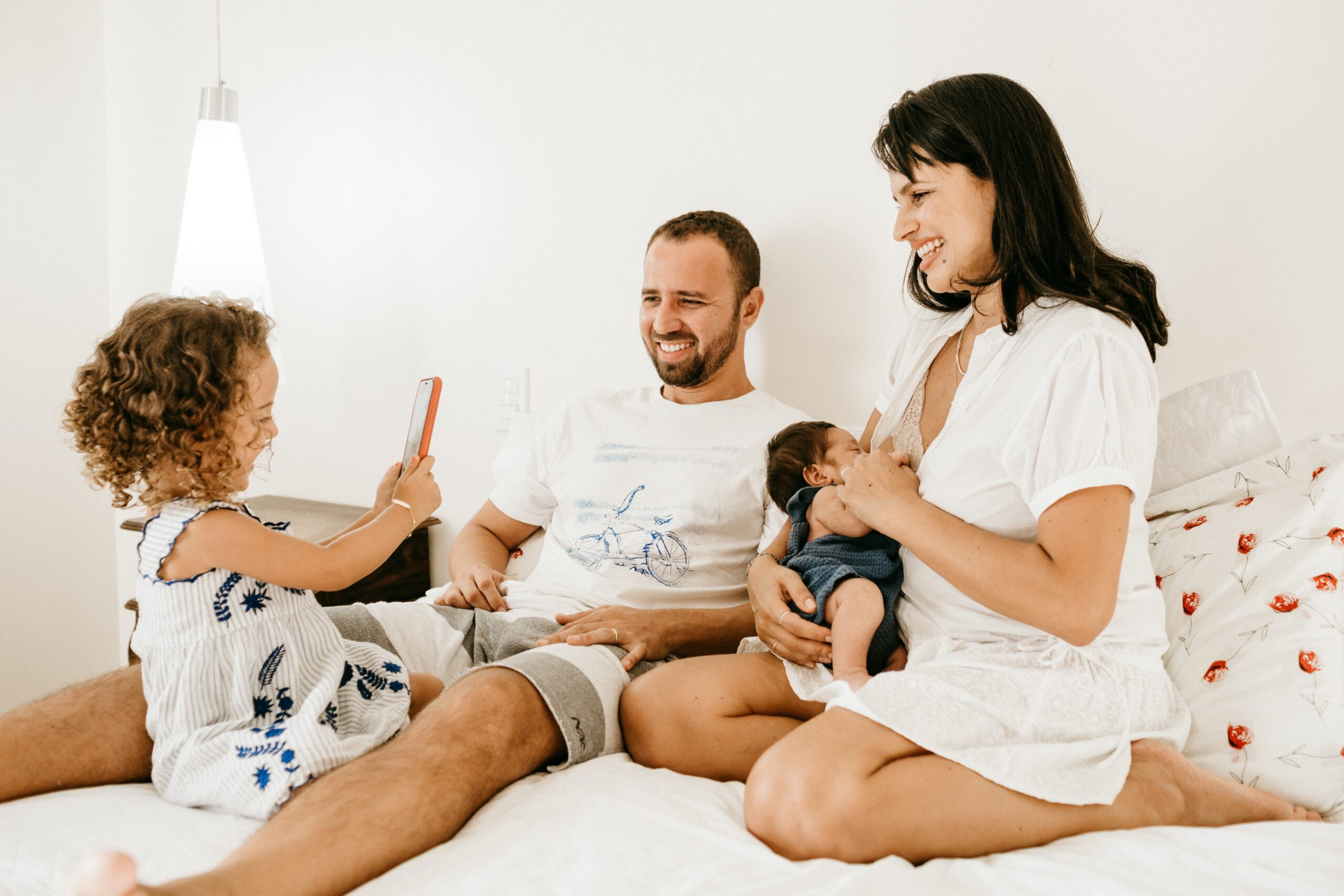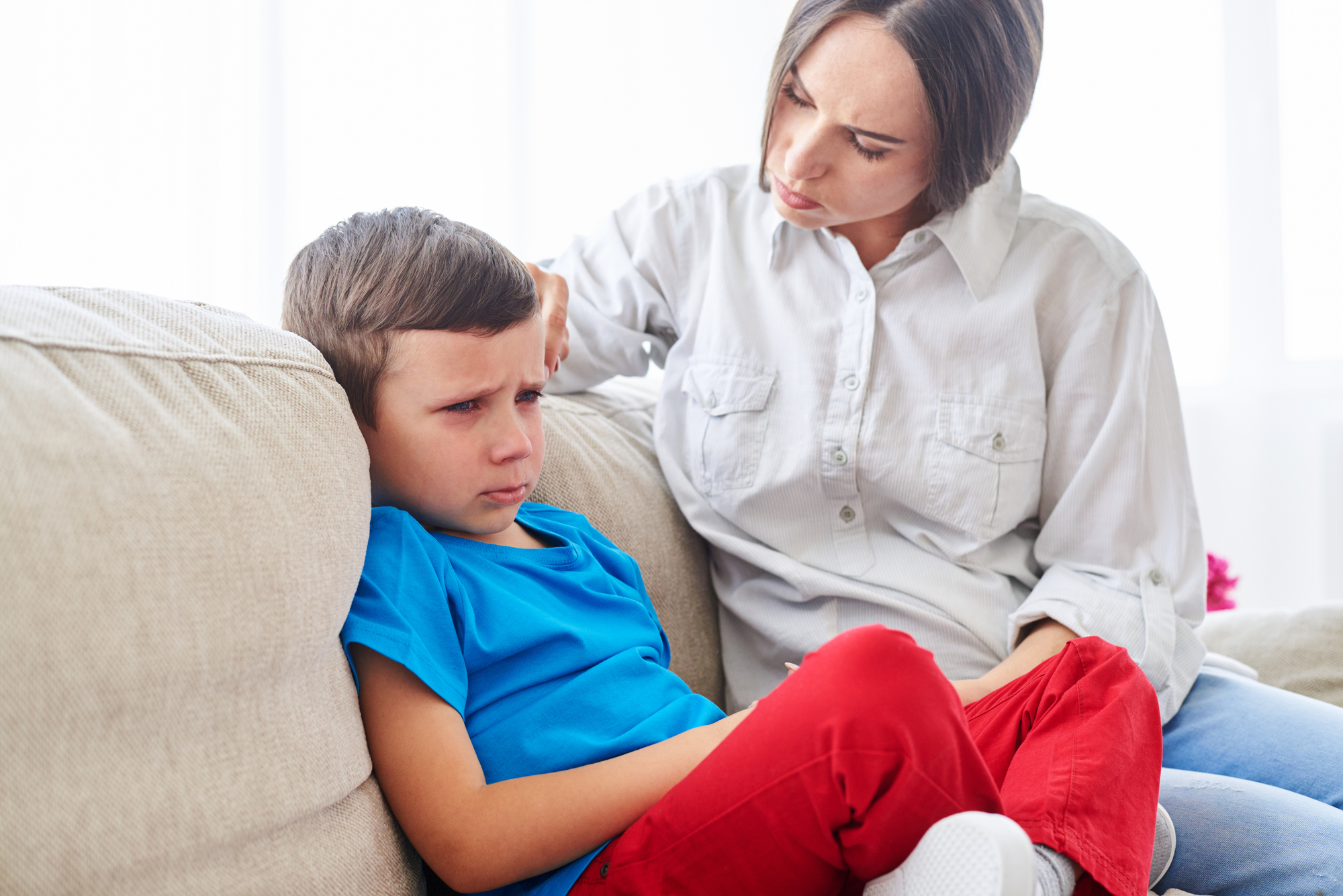Getting dressed each day can be a battle for many caregivers – from the child who insists on dressing themselves (but can’t) to the child who flat refuses (but can). Caregivers will generally agree that life gets a little easier when their child is more independent with getting dressed, so it’s understandable that it’s a key goal for many.
Here’s a few reasons why some kids struggle to dress themselves, or at least won’t cooperate with you while you help them, and some helpful tips.
Sensory issues:
CHALLENGE: clothing is too scratchy, too tight or in some other way uncomfortable for the child. This can lead to refusal to wear certain things.
SOLUTION:
- Remove tags
- Try offering different clothing choices
- Take your child shopping with you and try on clothes and shoes before you buy them
- Buy second hand clothes that are a bit worn in, or wash clothing multiple times before wearing if bought new
- see an OT for a sensory assessment and to discuss strategies to help your child overcome sensory difficulties
Coordination difficulties:
CHALLENGE: Your child finds it difficult to get arms and legs in the right holes, has clothes inside out or upside down, or struggles to work out how to move their body in the best way to successfully put on clothes. Some children take longer to develop coordination skills, and it’s perfectly normal for young children to have coordination difficulties when first learning to dress themselves.
SOLUTION: Stand them in front of a mirror so they can see themselves getting dressed
- get them to do some, but not all of the steps, so they can have success with elements of the task. Gradually give them more steps to complete independently until they are completely independent. For example, for button up shirts, you can put one sleeve on, and ask them to do the other. Button up all the buttons and leave one for them to try. For pants, you can help them to put their legs in the holes, and then ask them to pull their own pants up.
- Let them practice on others e.g. mum or dad, or a toy.
- Work on general coordination through games and activities such as playing twister or head and shoulders, knees and toes.
Anxiety
CHALLENGE: Sometimes children will protest about getting dressed, not because it’s hard, but because it means they are required to do something they don’t want to do, like go to school.
SOLUTION:
- Find out why they are feeling anxious. Ask questions, talk through solutions together
- Give them plenty of warning about upcoming events. Many kids don’t like being torn away from an activity without notice. Give them plenty of time to stop what they are doing and get dressed at the pace that works for them.
- Try to stay calm, be understanding and empathetic, and keep the focus on positive things where possible e.g. “you can grab your favourite toy to take in the car. I wonder if we’ll see that cute dog out for a walk again?”
- Give your child as much choice and control as is reasonable e.g. choosing the clothes and shoes they wear.
If you have concerns about your child’s development at any time, it’s important to seek help early on. Your GP can provide you with a referral to a paediatrician or other relevant health professional. You can also self refer to a psychologist, occupational therapist or physiotherapist. Allied health professionals who have expertise in paediatrics can assess for any underlying reasons for your child’s difficulties and provide early intervention therapy to help them develop all important life skills.









